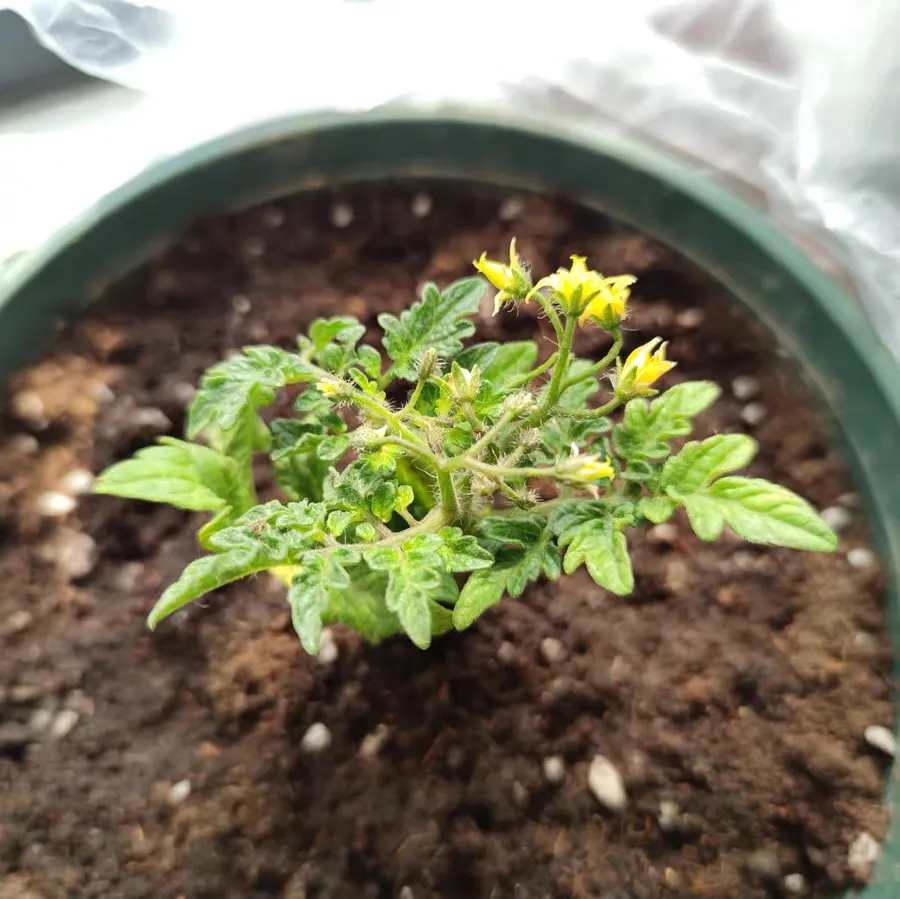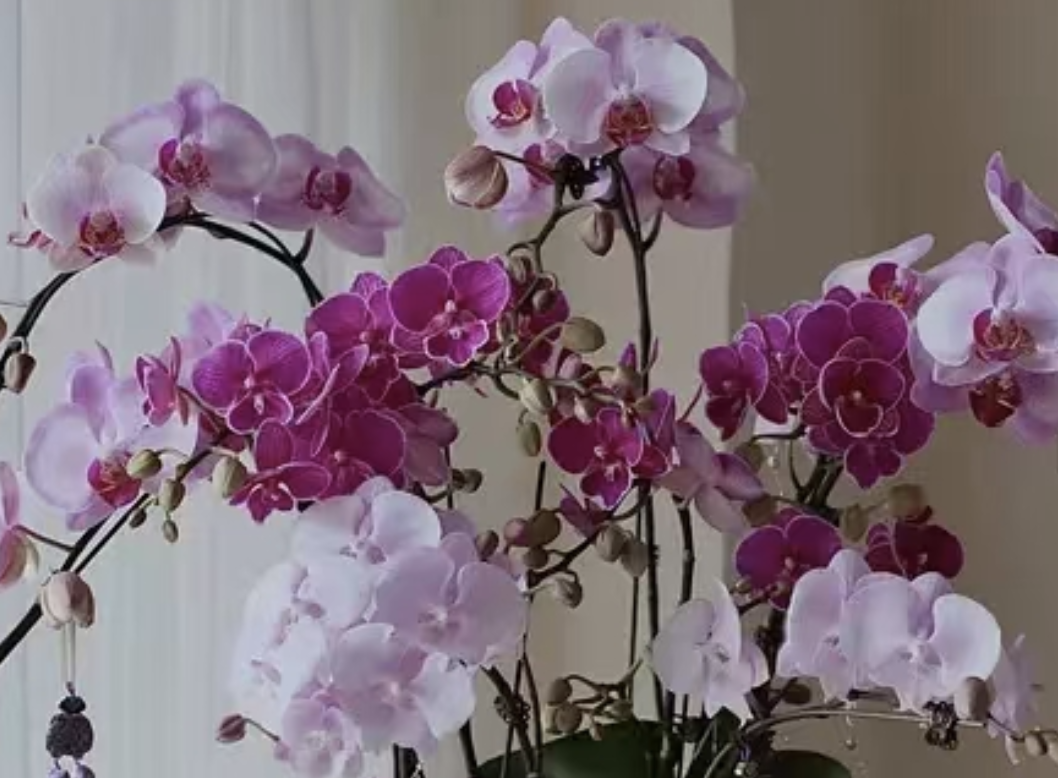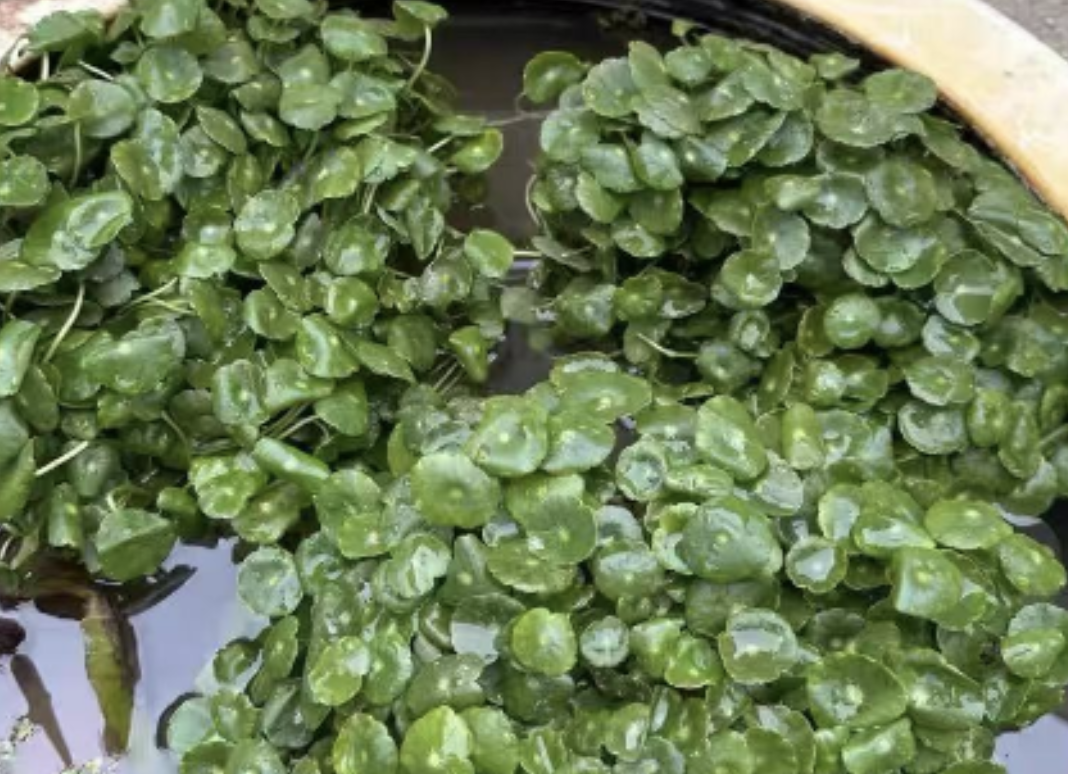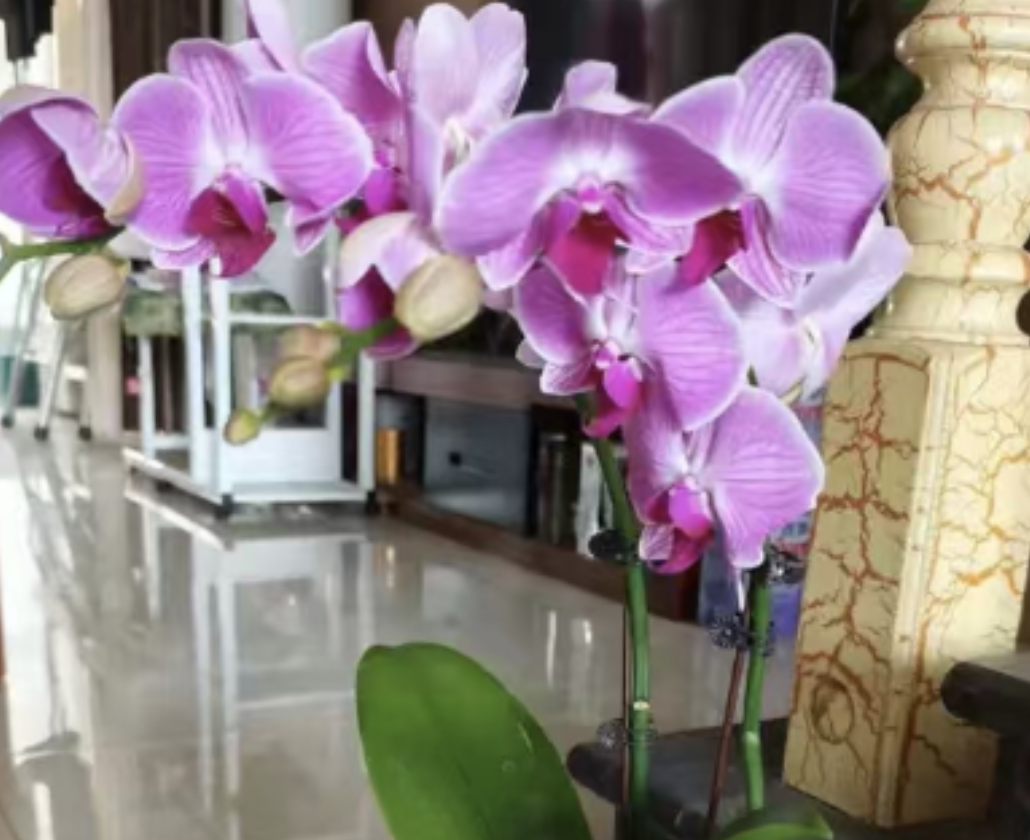Having trouble growing tomatoes in winter? Either the flowers fail to set fruit, or the fruits shrivel before growing to full size. The key actually lies in "heat preservation, light, and watering".
### Temperature
- **Nighttime temperature must be maintained at 15°C**: If it drops below 10°C, flowers and fruits will fall off directly. For those growing tomatoes on the balcony, you can cover the flower pots with two layers of plastic bags (with ventilation holes left). For outdoor-planted or greenhouse-grown tomatoes, add a double layer of plastic film. If the plants are very sensitive to cold, place a small electric heater nearby (but not too close, keep it at least 30cm away from the plants).
- **Daytime temperature should be controlled between 25-28°C**: Exceeding 30°C can easily lead to excessive growth and disease infestation. Remember to open windows for ventilation when the midday sun is strong to lower the temperature. A stable temperature difference helps fruits grow faster.
### Light
- **Choose the right location and supplement light**: Placing the plants on a south-facing windowsill is the most reliable. They need at least 6 hours of sunlight every day. If the light is insufficient, quickly arrange for a grow light (choose a full-spectrum one). Provide an additional 4-6 hours of light per day, hanging it 30cm above the plants, which will make the fruits color faster.
- **Prune old leaves to increase light transmission**: Timely prune off the yellowing old leaves at the bottom and the leaves that block the fruits. This not only reduces nutrient consumption but also allows sunlight to reach the fruits, preventing them from failing to grow due to lack of light.
### Watering
- In winter, evaporation is slow. Water the plants only when the soil 2cm below the surface is dry. Water thoroughly but avoid waterlogging (waterlogging can easily cause root rot). You can test the soil by poking it with your finger; if it feels hard, it's time to water.
- Be sure to water on sunny mornings, avoiding midday heat and nighttime low temperatures. Let the water sit indoors for 1-2 days in advance, and water when the water temperature is close to room temperature. Otherwise, cold water will stimulate the roots and cause fruit drop.
### Fertilizer, Water, and Pruning
- When the plants just start to bloom, spray 0.2% potassium dihydrogen phosphate (2g per liter of water) on the back of the leaves to promote flowering. After fruit setting, switch to a high-potassium compound fertilizer (such as the 15-5-30 formula), applying it once every 10 days. Bury it near the edge of the pot or dilute it with water for irrigation, which will make the fruits expand quickly and have high sweetness.
- Pinch off any small side branches emerging from the leaf axils, keeping only the main stem or double main stems. This allows nutrients to be concentrated on the fruits; otherwise, the branches will grow wildly, resulting in fewer fruits.
### Pest and Disease Prevention
- Spray the leaves with garlic water (crush garlic and soak in clear water for 24 hours) or chili water (boil dried chili peppers and let the water cool) once a week to prevent fungal diseases. It's environmentally friendly and effective.
- Indoor environments are dry in winter, which easily leads to red spider infestations. Check the back of the leaves every week. If you find dense small insects, quickly spray with Hongsha (Red Kill) or Jinmanzhi (Jingmanzhi) and repeat the spraying 2-3 times to completely eliminate them.
How to care for and manage tomato seedlings in winter

Share with
Tagged in :




Leave a Reply